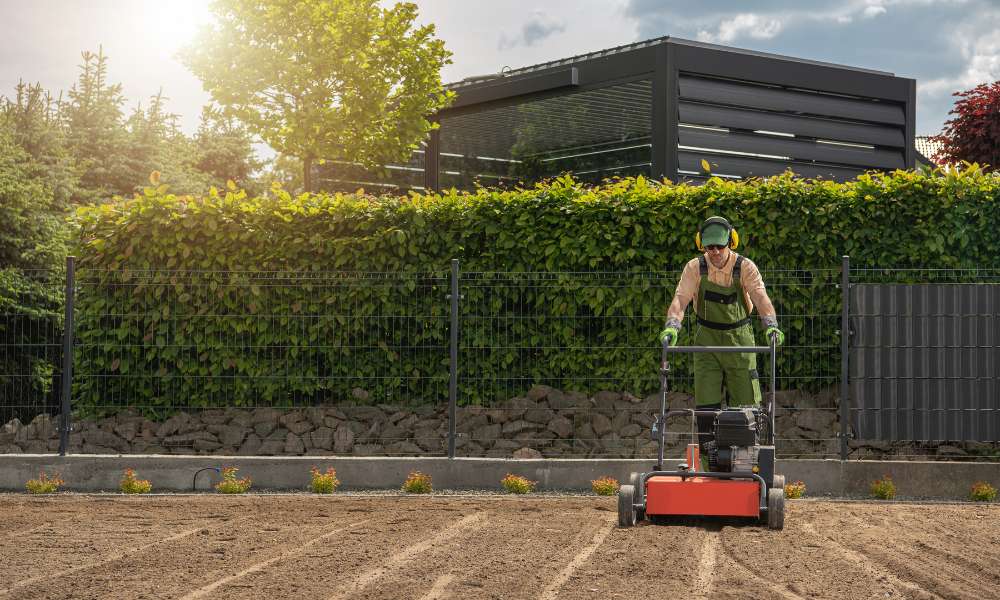Preparing your lawn for aeration and overseeding is like giving it a refreshing spa day—it rejuvenates and revitalizes, ensuring lush, green growth. This essential lawn care step boosts the health and appearance of your turf, making it more resilient to environmental stresses. By thoroughly understanding how to prepare your lawn for aeration and overseeding, you not only enhance its beauty but also improve its overall health. This process allows essential nutrients, water, and air to reach the roots, creating a stronger, more vibrant lawn. Knowing the right techniques and timing is crucial for maximizing the benefits of this process, ensuring your yard can thrive in all conditions. So, why consider this approach? Because it’s a proven way to enrich your lawn’s foundation, promoting denser growth and a more appealing outdoor space.
Why Aerate Your Lawn?
Aerating your lawn is essential for maintaining healthy grass and promoting strong root growth. Over time, the soil in your lawn can become compacted, which restricts the flow of air, water, and nutrients to the roots of your grass. Aerating helps to alleviate this compaction by creating small holes in the soil, allowing air, water, and nutrients to penetrate deep into the root zone.
How Often Should I Aerate And Overseed My Lawn?
Aerating and overseeding your lawn is important for maintaining a healthy and lush grass cover. The frequency of aerating and overseeding depends on the condition of your yard, the type of grass you have, and the climate in your area. In general, it is recommended to aerate and overseed cool-season grasses like fescue or bluegrass once a year in the fall. Warm-season grasses such as Bermuda or Zoysia may benefit from aerating and overseeding every 2-3 years in the spring.
Will Aeration And Overseeding Help Prevent Weeds In My Lawn?
Aeration and overseeding can indeed help prevent weeds in your lawn. Aeration involves creating small holes in the soil to allow better air, water, and nutrient circulation, which promotes healthy grass growth. By improving the overall health of your yard through oxygenation, you create a more competitive environment for weeds, making it harder for them to thrive.
Addressing Patchy Germination
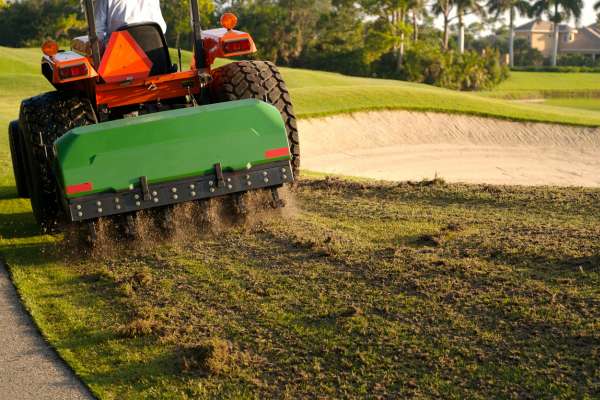
Addressing patchy germination can be frustrating for any gardener or lawn enthusiast, but with proper preparation and understanding, it is possible to achieve lush and uniform growth. One effective approach is to focus on preparing the yard for aeration and overseeding. Aeration helps create space in the soil for new seeds to take root and promotes better absorption of nutrients and water. By loosening compacted soil, aerating can encourage stronger root growth and improve overall seed germination rates.
Conducting A Soil Test
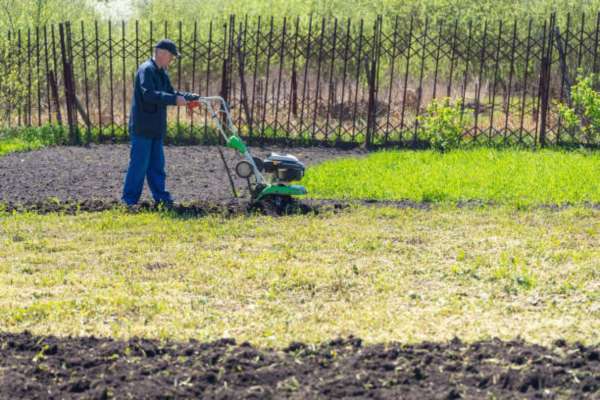
A crucial step in preparing your yard for aeration and overseeding is conducting a soil test. This test reveals vital information about your soil’s pH level and nutrient profile, which significantly influences grass growth and health. Ideally, your yard’s soil should have a neutral pH and a balanced mix of essential nutrients like nitrogen, phosphorus, and potassium. If the soil test indicates deficiencies or imbalances, you may need to amend the soil before proceeding with oxygenation and overseeding. This could involve adjusting the pH with lime or sulfur or applying a fertilizer tailored to your soil’s specific needs. Ensuring your soil is in prime condition can dramatically improve overseeding success, leading to a denser, more resilient lawn.
Understanding Grass Types
Understanding the types of grass suited for your climate and lawn conditions is vital for successful overseeding. Not all grass types thrive in the same environments; some prefer cooler temperatures, while others are suited for warmer climates. Research the grass types best suited for your area and consider factors such as sun exposure, foot traffic, and maintenance requirements. Choosing the right grass type can enhance germination rates and ensure that your overseeding efforts yield a lush, durable yard. Additionally, selecting a grass type that complements your existing lawn can improve the uniformity and aesthetic appeal of your outdoor space.
Removing Debris And Thatch
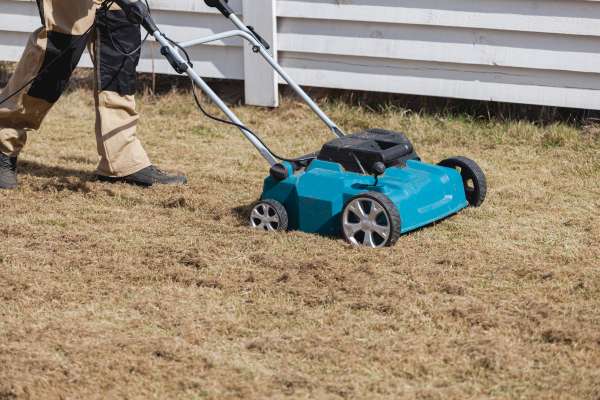
Removing debris and thatch is an essential to prepare lawn for aeration and overseeding. Thatch, a layer of dead grass and organic matter, can prevent water, nutrients, and air from reaching the soil if it becomes too thick. Use a thatch rake or a power dethatcher to remove this layer effectively. Additionally, clear any leaves, twigs, and other debris from the land’s surface. This not only ensures better seed-to-soil contact during overseeding but also improves the effectiveness of aeration by allowing the aerator to penetrate the soil more deeply. A clean, debris-free yard sets the stage for successful oxygenation and overseeding, paving the way for robust growth and a vibrant, healthy lawn.
Trimming Edges For A Neat Appearance
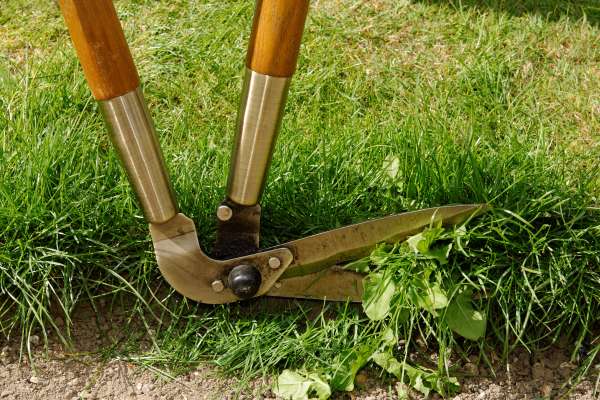
Before you begin to prepare the lawn for aeration and overseeding process, paying attention to the lawn’s edges is essential for achieving a neat and tidy appearance. Trimming the edges of your lawn can significantly enhance its overall aesthetics, creating a clean line between your yard and pathways or flower beds. Use a string trimmer or an edging tool to define these boundaries clearly. This step not only improves your lawn’s appearance but also prevents grass from encroaching on areas where it’s not wanted. A well-defined edge makes the yard look manicured and can highlight the lushness and uniformity of your grass after oxygenation and overseeding are complete.
Preparation Steps For Aeration
To ensure your lawn is primed for aeration and overseeding, a few key preparation steps are crucial. This guide will walk you through the essential practices to get your yard ready for aeration, an important process that facilitates better soil health and prepares the ground for overseeding. Following these steps can significantly enhance the effectiveness of aeration and overseeding, leading to a lush, healthy lawn.
1. Soil Moisture Assessment
Soil moisture assessment is a crucial aspect of maintaining healthy plants and maximizing agricultural productivity. By accurately measuring the moisture content in the soil, farmers and gardeners can make informed decisions about irrigation schedules and nutrient application. One innovative method for assessing soil moisture is through the use of sensor technology, which provides real-time data on soil conditions. These sensors can help optimize water usage, minimize water wastage, and prevent overwatering or underwatering of plants.
2. Mowing The Lawn
Mowing the lawn is another vital step in the preparation process for aeration and overseeding. Cutting the grass to a shorter height than usual can significantly benefit the overseeding process. Shorter grass allows more sunlight to reach the new seeds, which helps with germination. Additionally, mowing the yard before aeration can help remove any lingering grass clippings and debris, providing a cleaner surface for the aerator to work on. Ensure your mower blades are sharp to avoid tearing the grass, which can lead to stress and disease. This preparation step creates a healthier environment for new seedlings to take root and flourish.
3. Clearing The Lawn Surface
Clearing the lawn surface of debris, such as leaves, twigs, and stones, is essential before starting the aeration and overseeding process. A clean surface ensures that the aerator can work efficiently, allowing for even distribution of the seeds during the overseeding process. Use a rake or a leaf blower to clear the yard, paying special attention to areas under trees or along edges where debris tends to accumulate. This not only prepares your yard for aeration but also improves the appearance and health of your yard by reducing the potential for pests and diseases. A clear land surface is crucial for ensuring that the seeds have direct contact with the soil, which is vital for successful germination and establishment.
Selecting The Right Seed Type
For those looking to create defined borders in their garden, brick lawn edging can provide a clean and modern look. By using bricks to outline flower beds or pathways, you can add structure and style to your outdoor space. Consider incorporating different colored bricks or arranging them in unique patterns to personalize the design further. Ultimately, selecting the right seed type and incorporating brick edging can transform your yard into a beautiful and cohesive outdoor oasis.
Sharpening Mower Blades
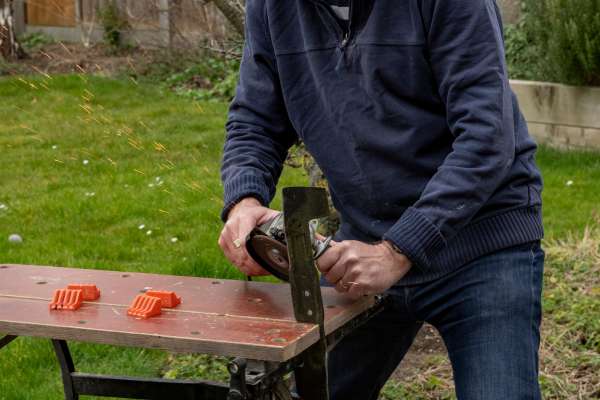
Sharpening your mower blades before you start to prepare your lawn for aeration and overseeding is another critical step. Dull blades can tear the grass, leading to a ragged appearance and potentially exposing the grass to diseases. Sharp blades, on the other hand, make clean cuts, which help the grass recover faster and grow more vigorously. This is especially important before overseeding, as a healthy, well-maintained yard can better integrate and nurture new seedlings. Regularly sharpened blades contribute to the overall health of your yard, ensuring it looks its best and is in prime condition for aeration and overseeding.
Using Organic Fertilizers
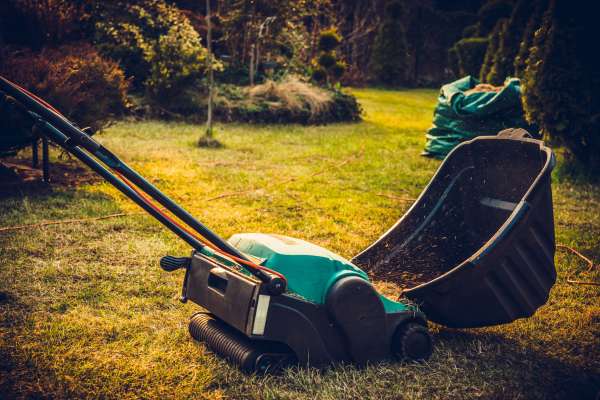
Incorporating organic fertilizers into your lawn care routine before aeration and overseeding can significantly benefit your lawn’s health and the environment. Organic fertilizers release nutrients slowly, feeding your yard over time and reducing the risk of nutrient runoff that can harm local ecosystems. These natural products also improve soil structure and encourage beneficial microbial activity, which can enhance seed germination and establishment. Choose an organic fertilizer that’s appropriate for your lawn’s specific needs, based on the results of a soil test. Applying organic fertilizer before overseeding can create a nourishing environment for new seedlings, promoting stronger, more vibrant growth.
Seeking Advice From Local Gardening Clubs
Seeking advice from local gardening clubs can be a valuable resource when preparing your lawn for aeration and overseeding. These clubs often have experienced members who can provide practical tips and recommendations based on their own successes and failures. By tapping into this collective knowledge, you may discover new techniques or products that could significantly improve the health and appearance of your yard.
The Final Thought
To Prepare your lawn for aeration and overseeding is a crucial step in maintaining a healthy and vibrant yard. By following the proper steps outlined in this article, you can ensure that your efforts yield the best results. Remember to mow your lawn, remove debris, aerate to improve soil health, overseed to fill in bare spots, and water regularly to promote growth. With careful preparation and consistent maintenance, you can transform your yard into a lush green oasis that will be the envy of your neighborhood. Start planning and executing these steps today to enjoy a beautiful and thriving yard all year round!
